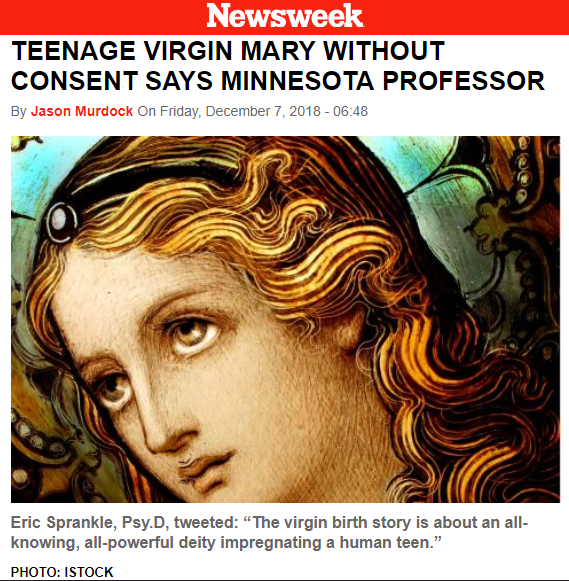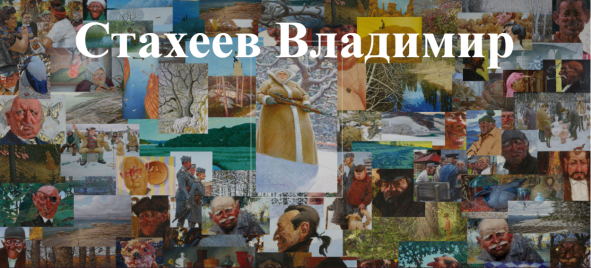
 Vladimir Stakheev, born in 1963, is a Russian painter from Moscow, member of the Union of Creative Artists of Russia.
Vladimir Stakheev, born in 1963, is a Russian painter from Moscow, member of the Union of Creative Artists of Russia.
He restored frescoes and wall paintings in ancient temples, worked in mixed technology, combining pencil, pen, brush, needle (scratching the top layer of paint), airbrush, and different materials: watercolor, ink, gouache, tempera.
He collaborated with various publishing houses — artistic design of books, newspapers, magazines, illustrated V. Bianchi, N. Zadornov, S. King, D.R.R. Tolkien.
At the same time — surprise or not — he is the author of several famous graphic series in the style of HARD KITCH.
Here is his FUNNY CATS series: airbrush, pen, brush, pencil, acrylic, watercolor.
This slideshow requires JavaScript.
Hard kitch, all right. I like cute kitties as much as millions of others. His, in my opinion, combine an amazing tenderness and elegance of composition with an absolute ironic desperation of content.
Stakheev’s illustrations of The Lord of the Rings: 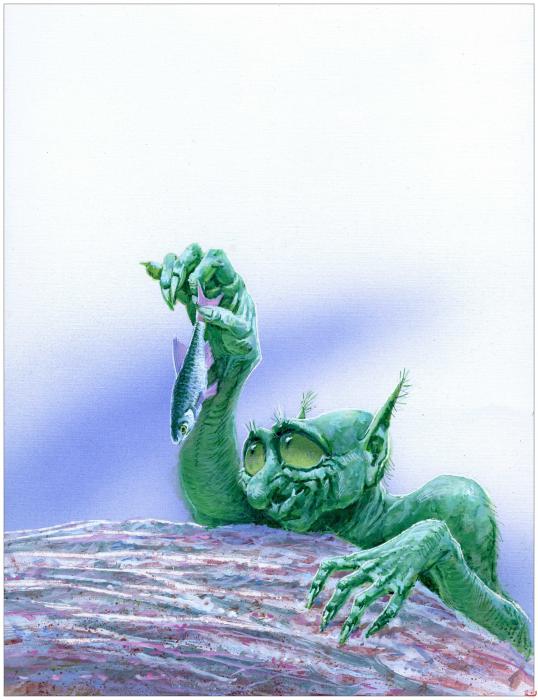
And some of his other works: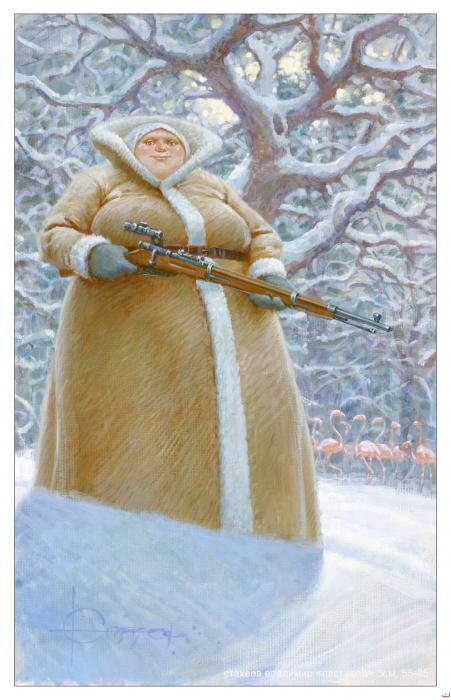
This slideshow requires JavaScript.







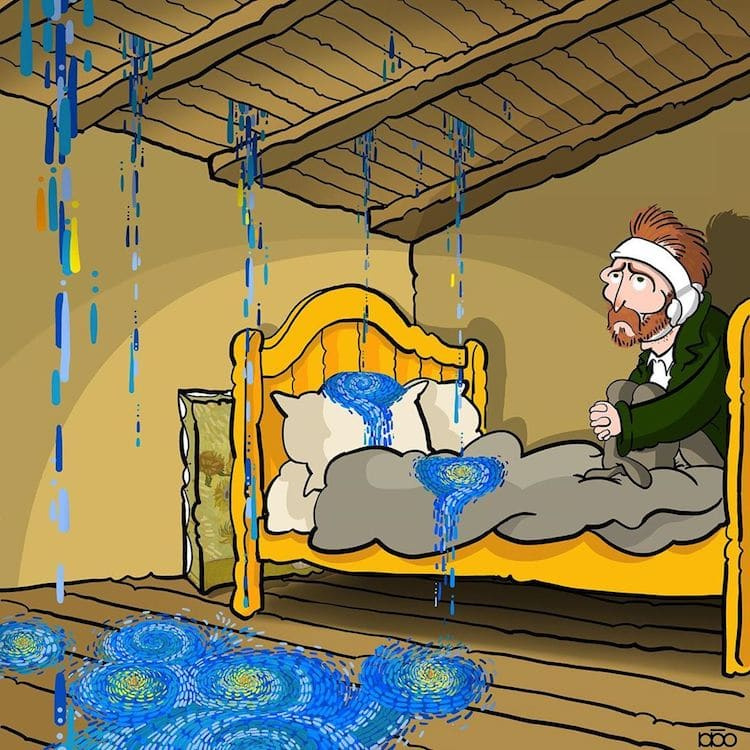
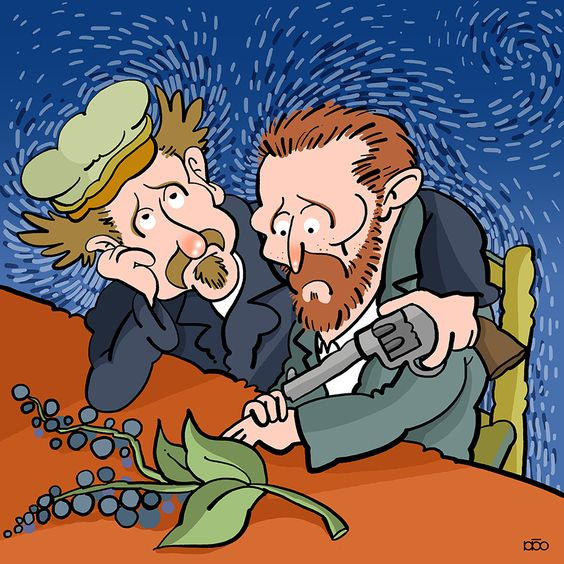
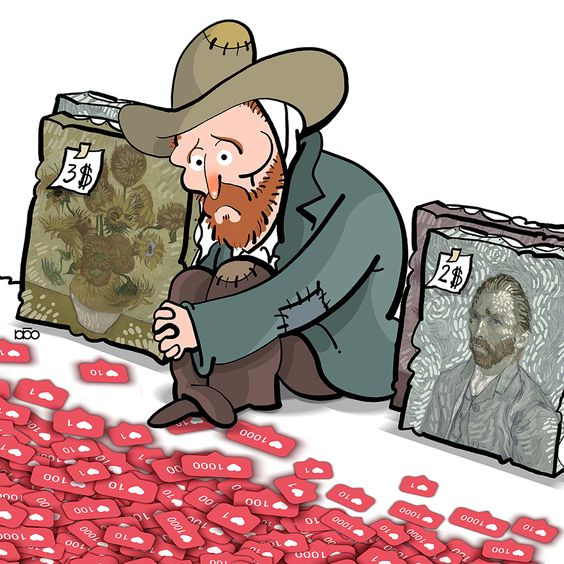


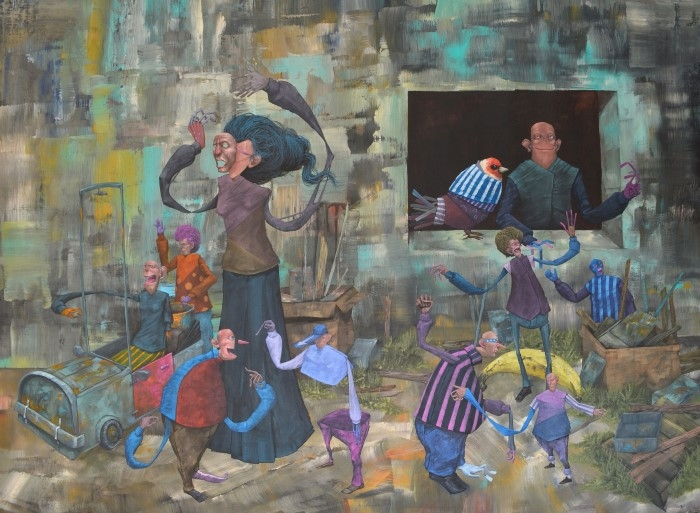
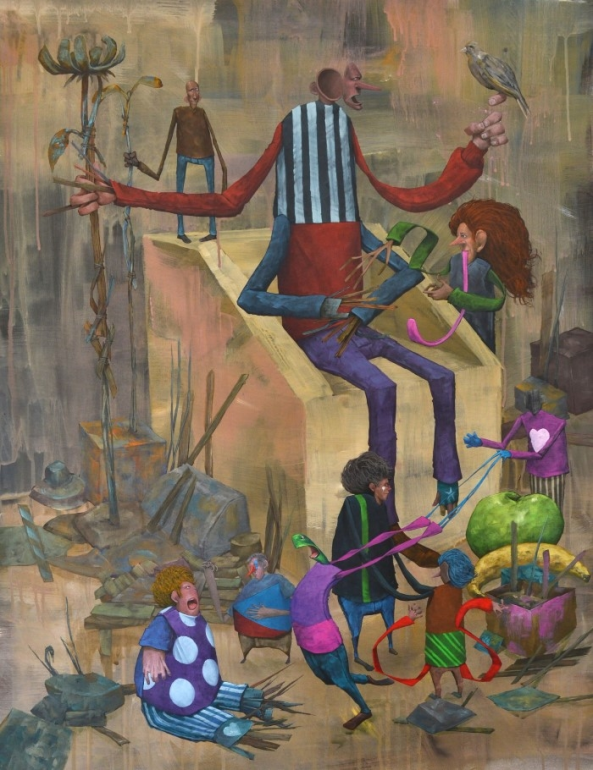 Born in 1981, Tof Vanmarque grew up in Lanrivoare, Breton countryside. After being bored at the Technical High School in Brest, he’s off into the world, trying a good number of odd jobs, tiler and shepherd among them. Always drawing, he enrolls into the Pivaut School in Nantes in 2003 to learn the art, craft and technique of creating cartoons.
Born in 1981, Tof Vanmarque grew up in Lanrivoare, Breton countryside. After being bored at the Technical High School in Brest, he’s off into the world, trying a good number of odd jobs, tiler and shepherd among them. Always drawing, he enrolls into the Pivaut School in Nantes in 2003 to learn the art, craft and technique of creating cartoons.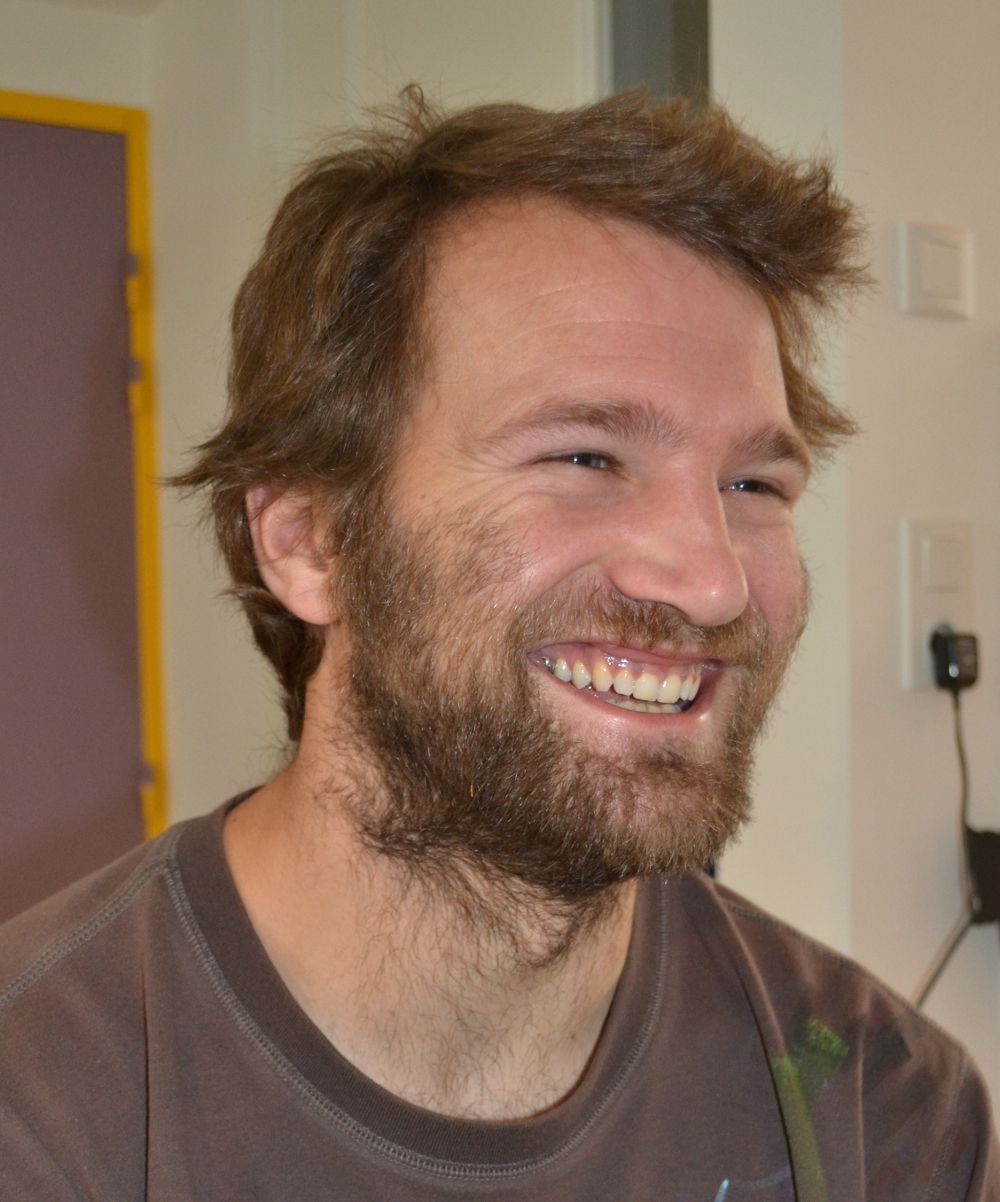
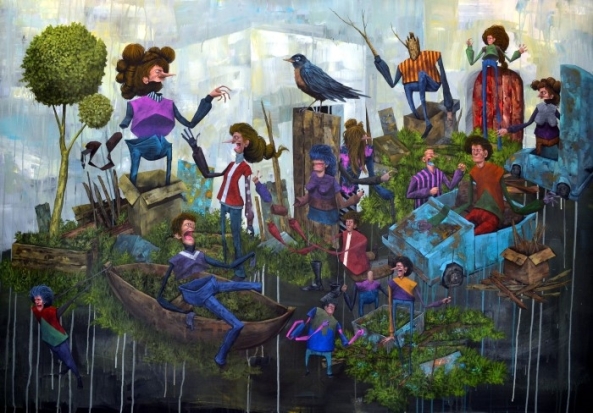
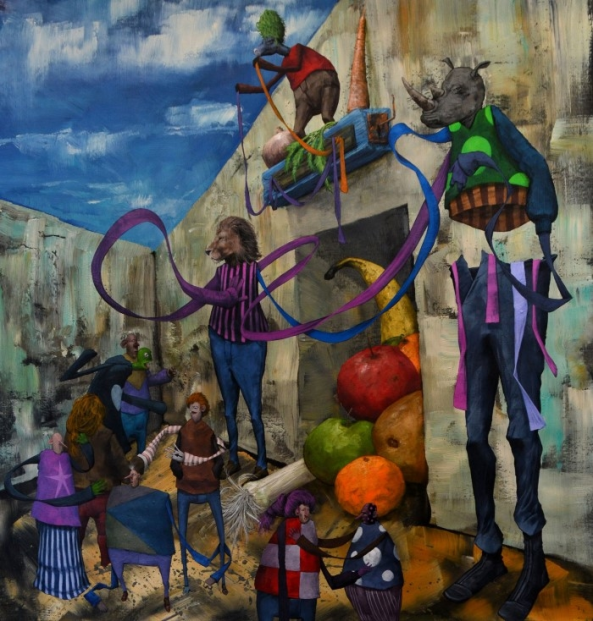
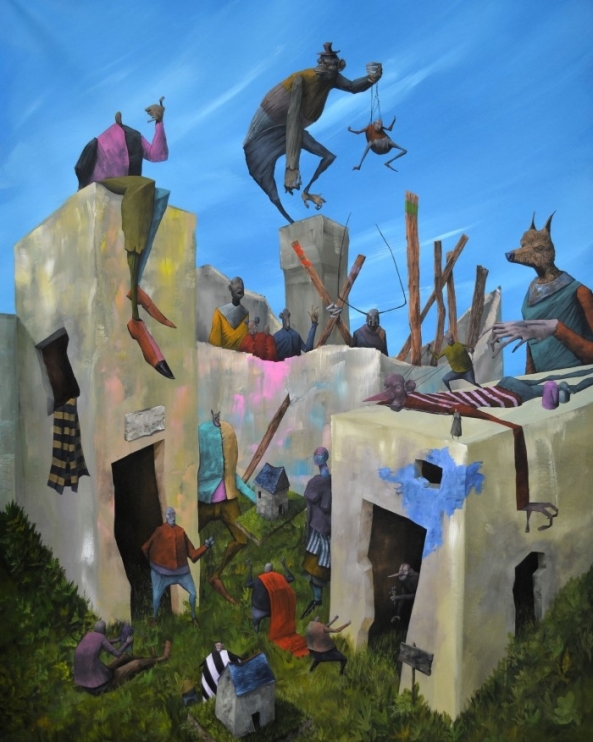
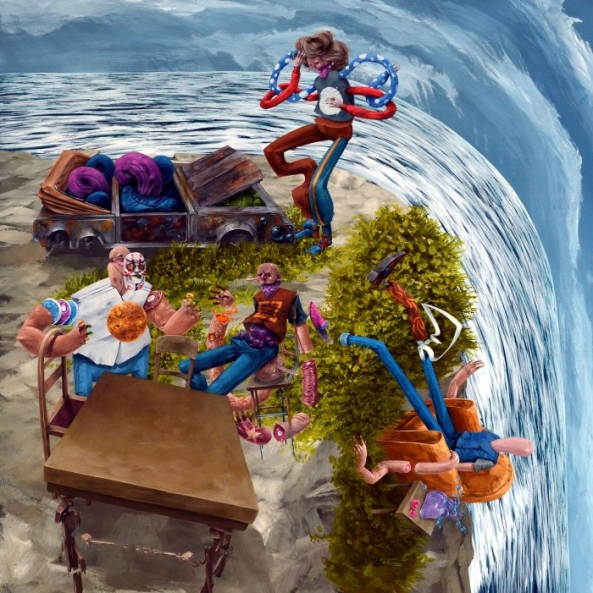
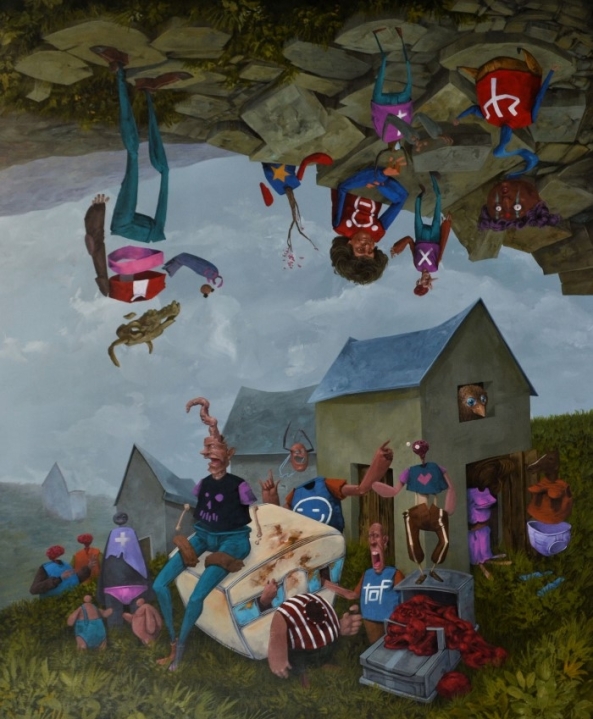
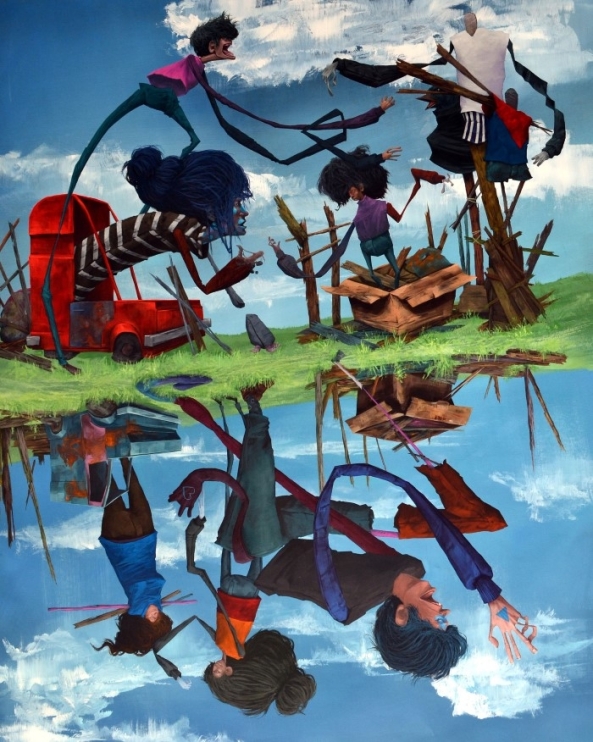
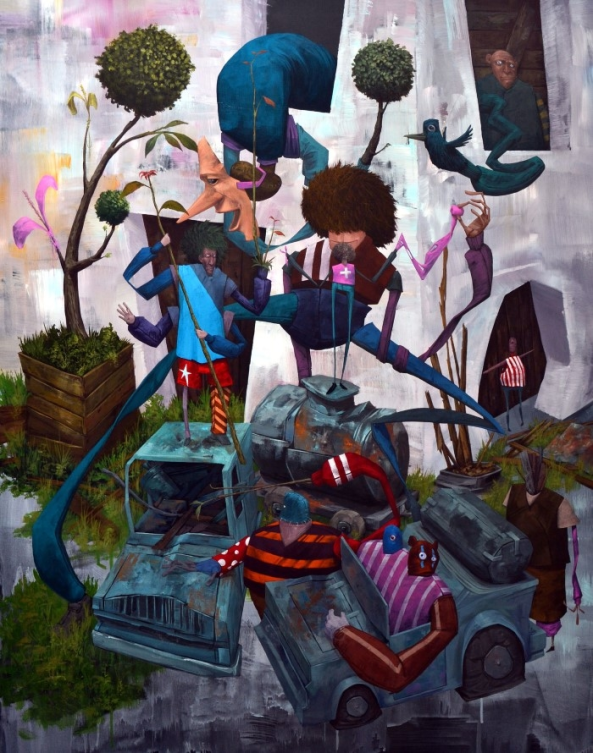
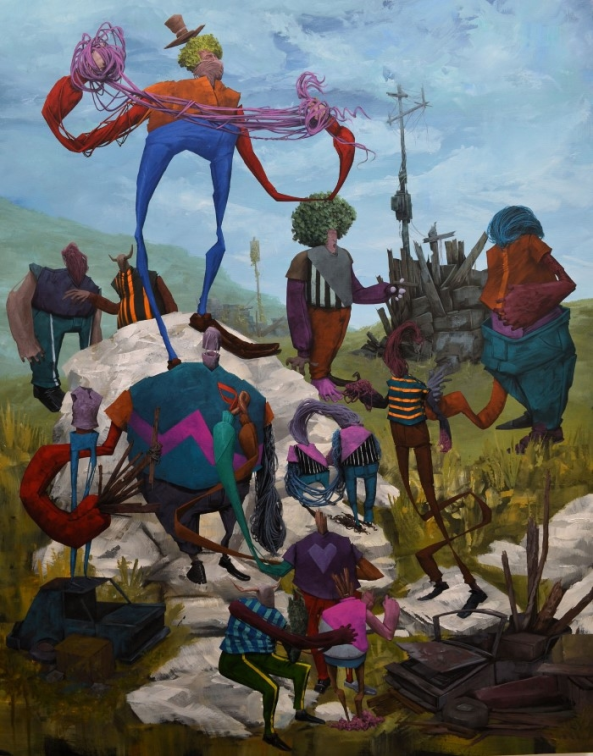
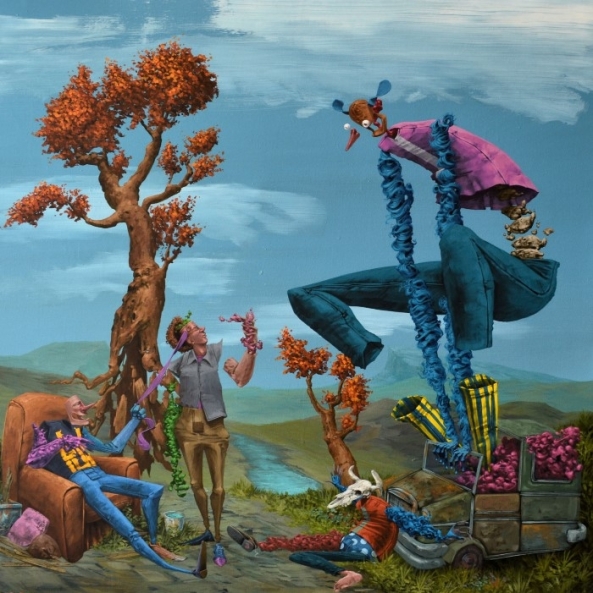
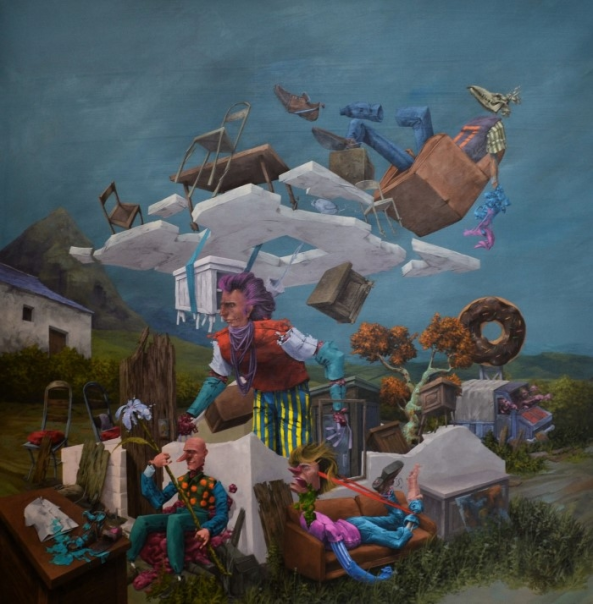
 On 19 November 1819
On 19 November 1819 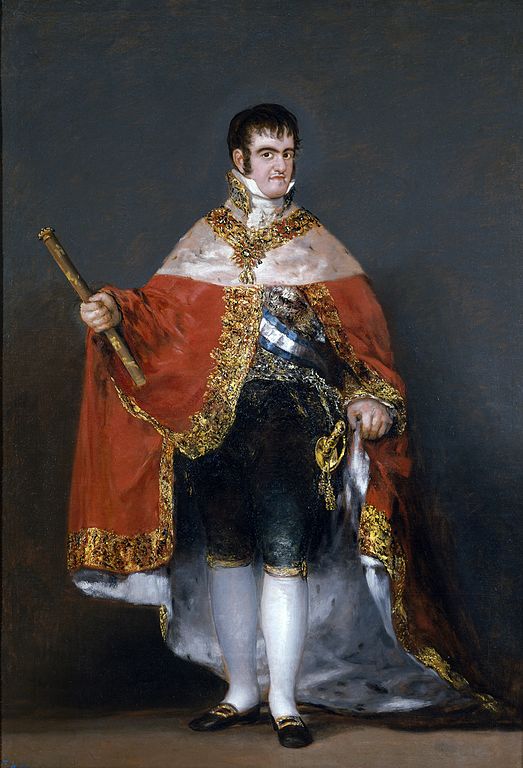

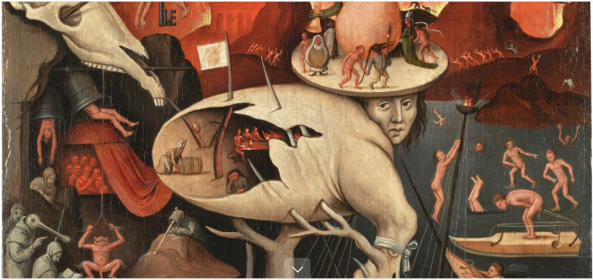
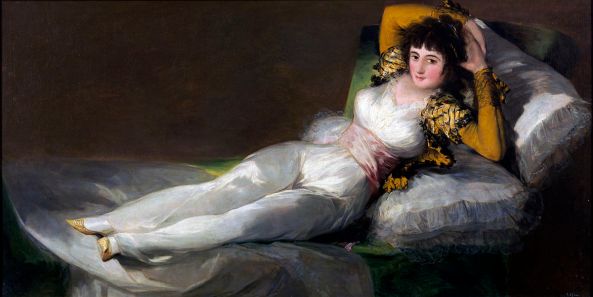
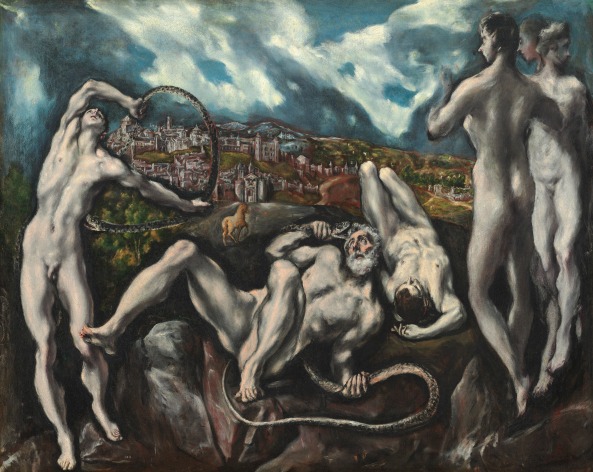



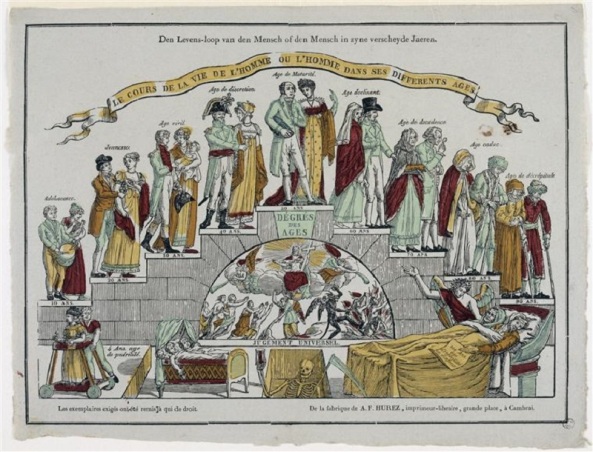
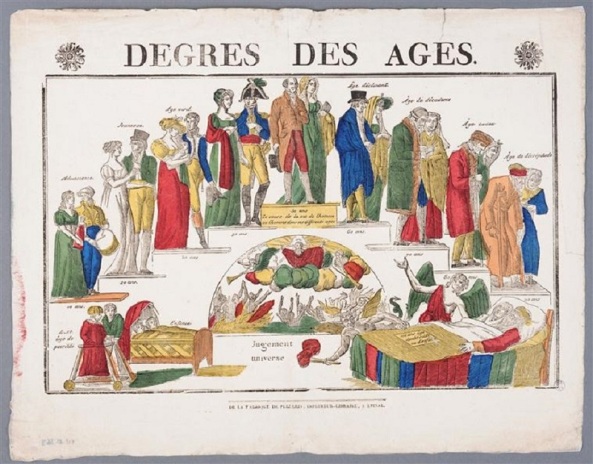

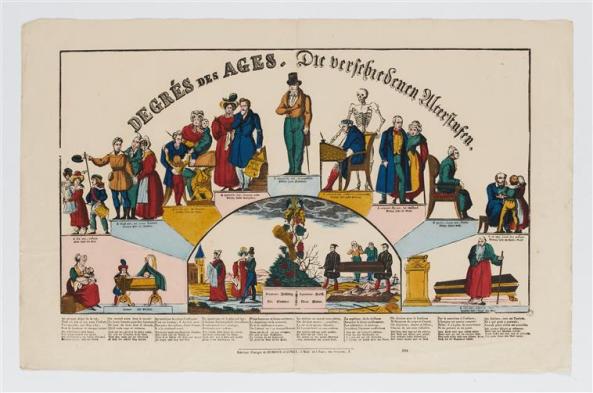
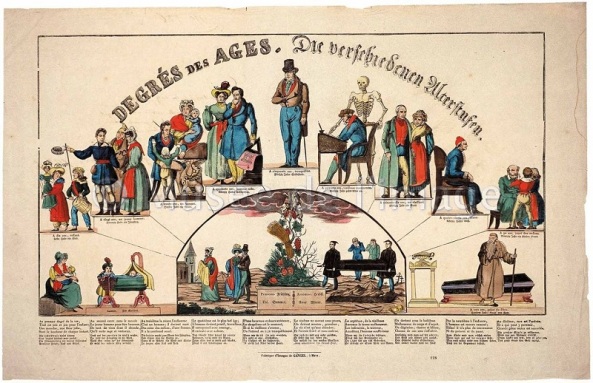

 Vladimir Stakheev, born in 1963, is a Russian painter from Moscow, member of the Union of Creative Artists of Russia.
Vladimir Stakheev, born in 1963, is a Russian painter from Moscow, member of the Union of Creative Artists of Russia.




